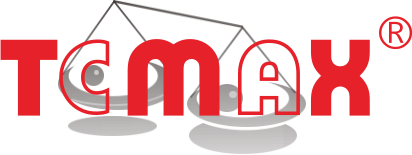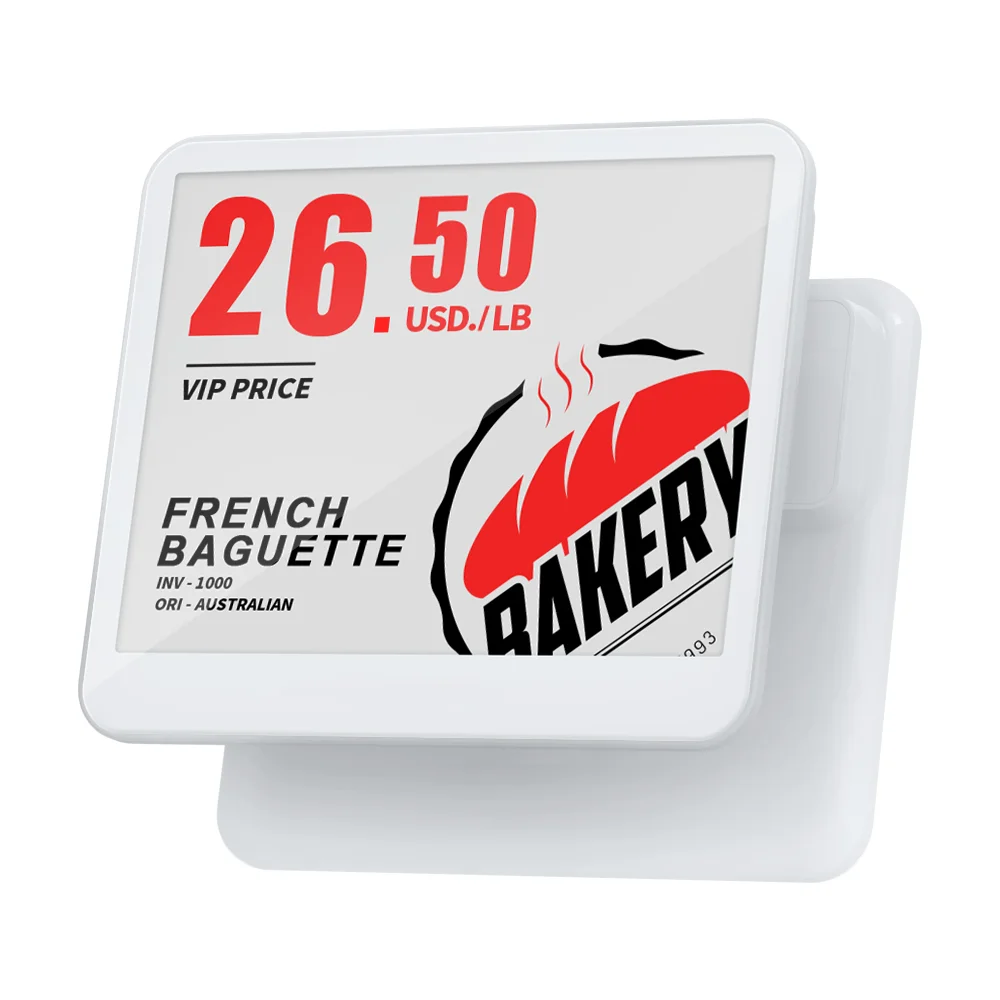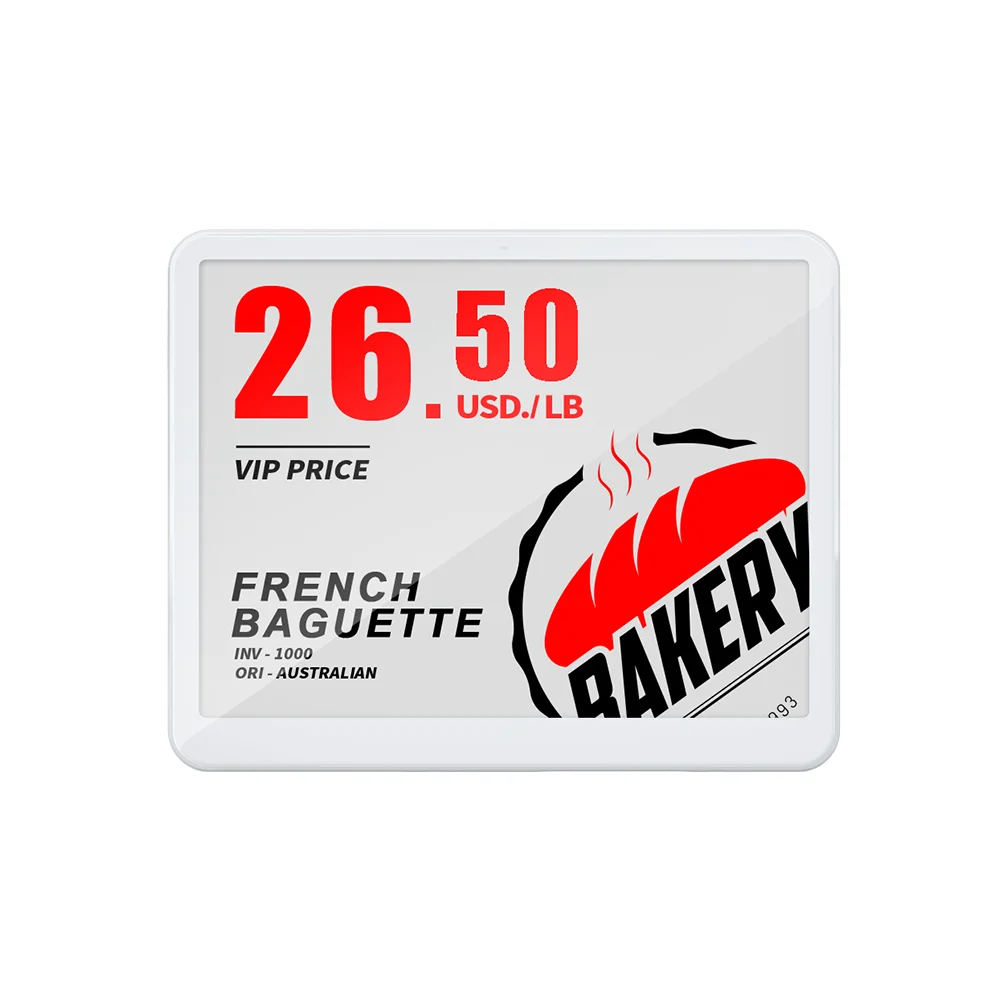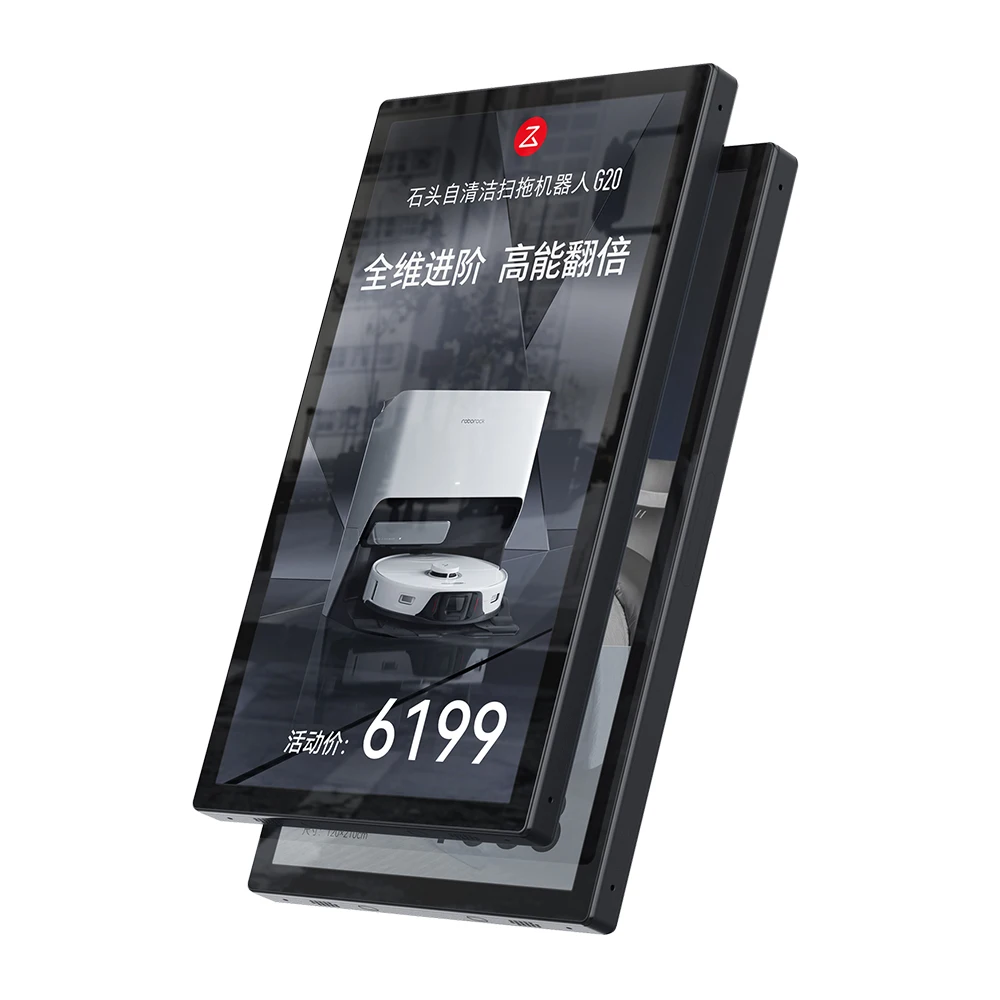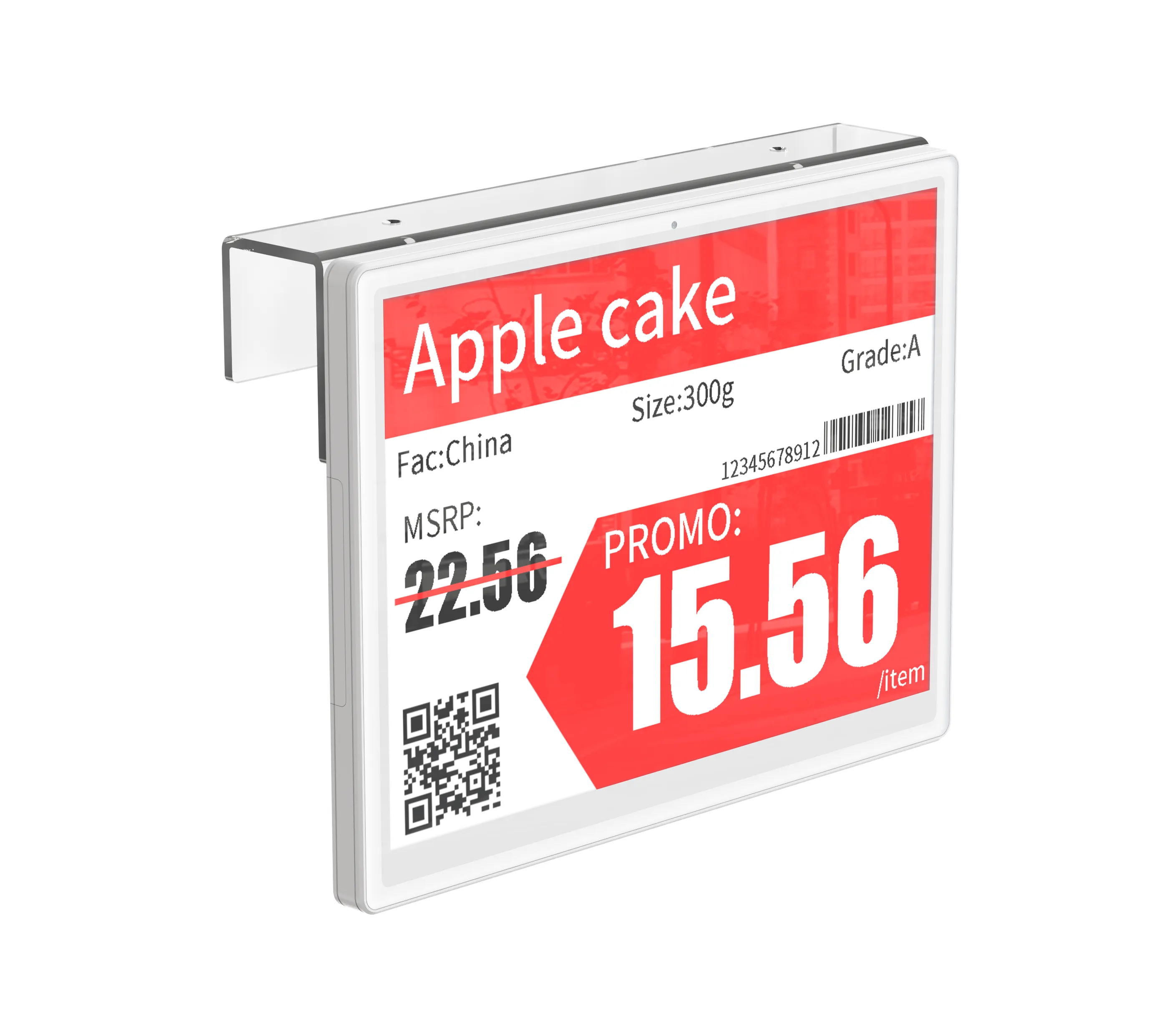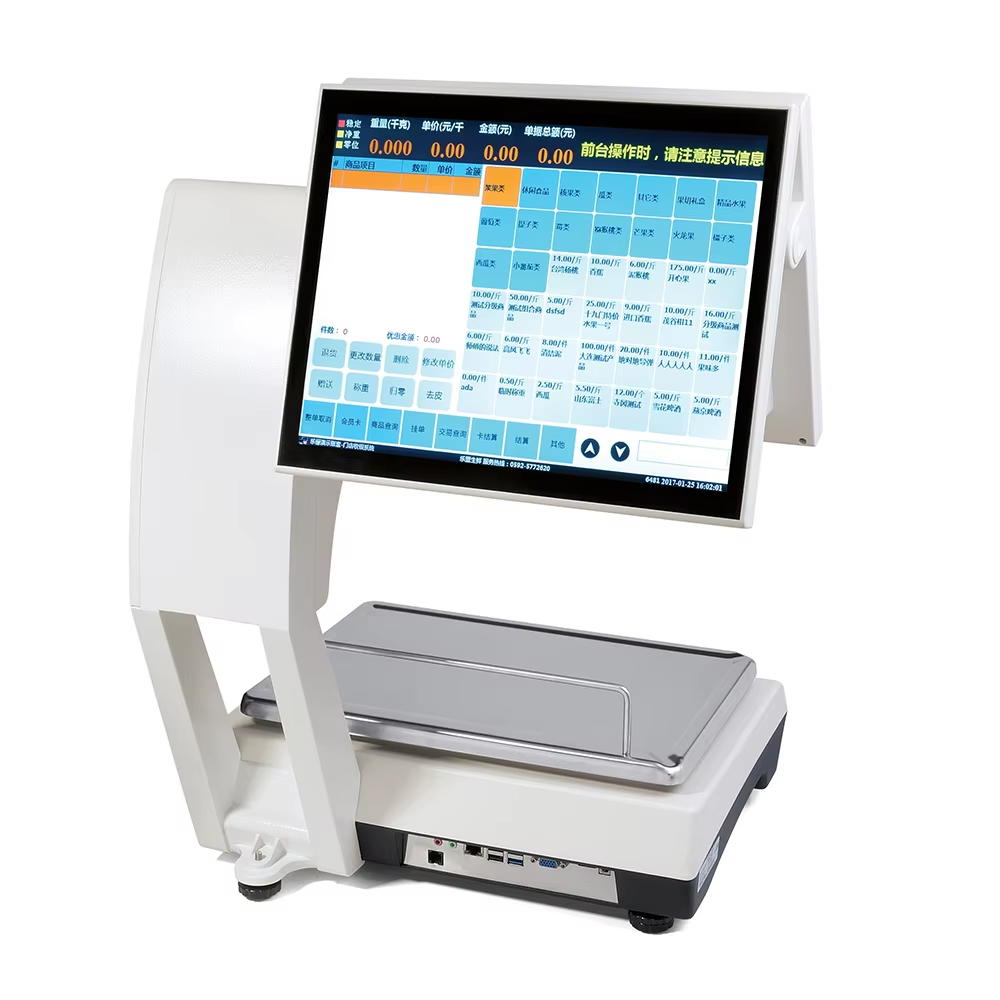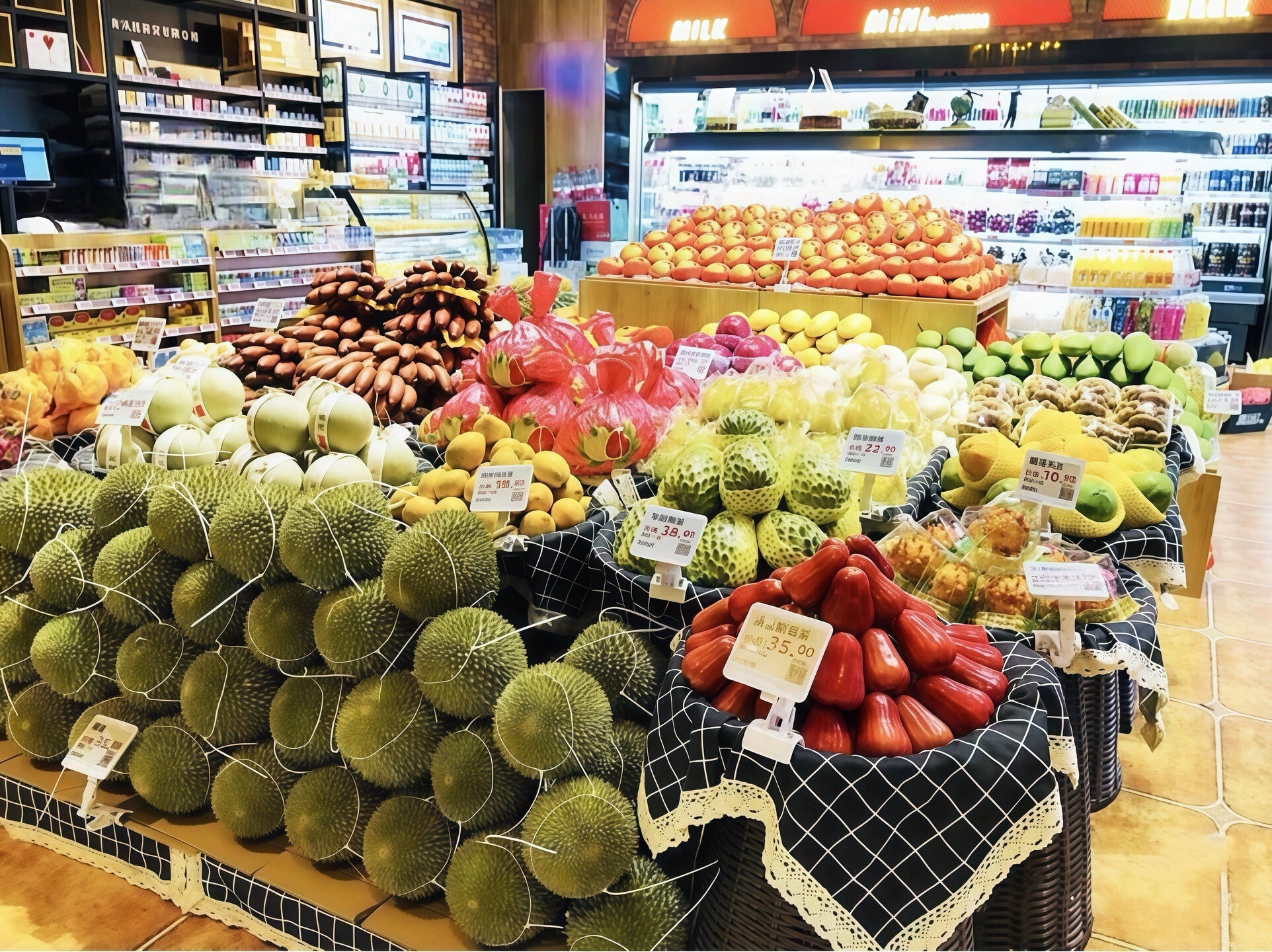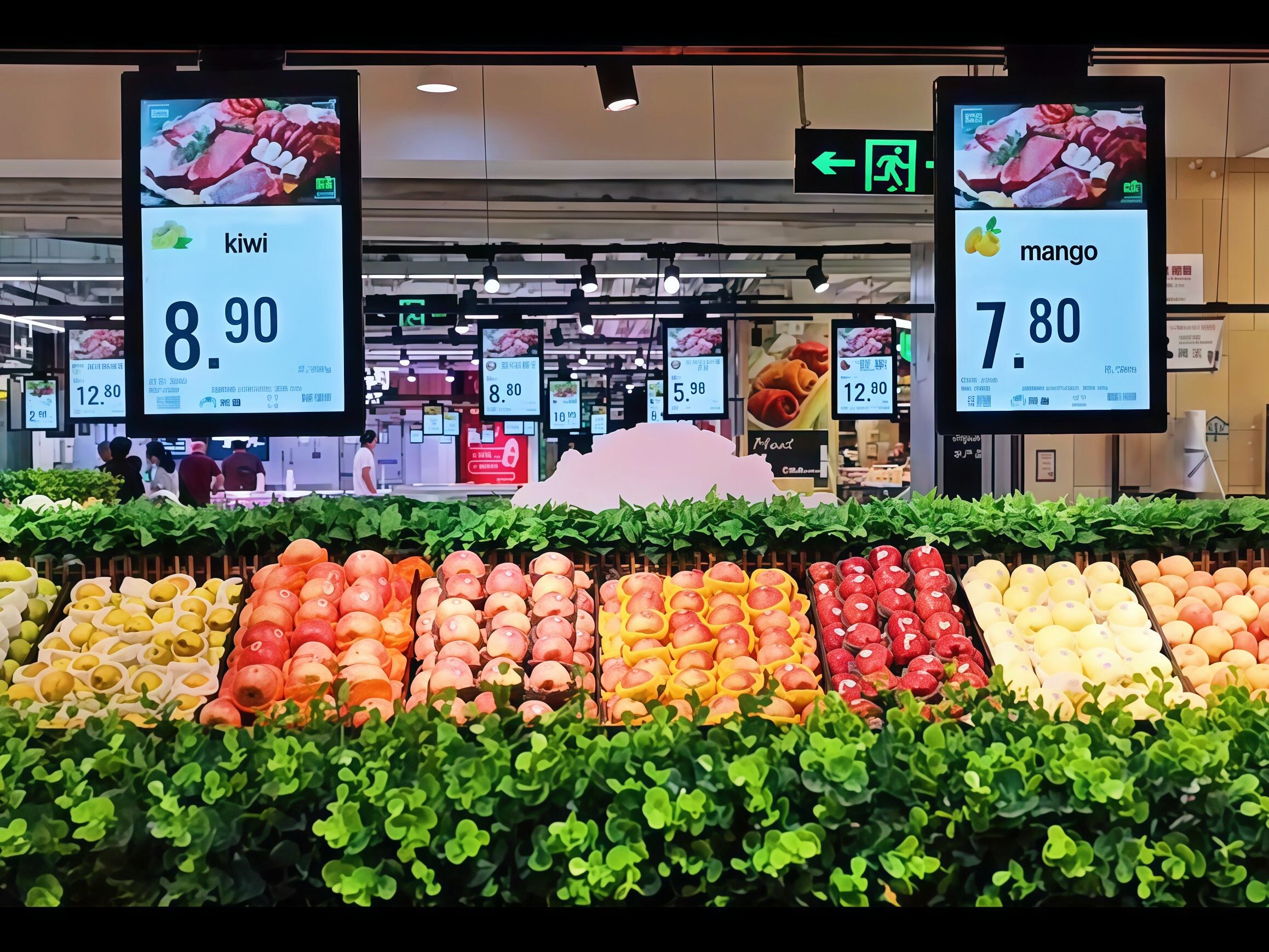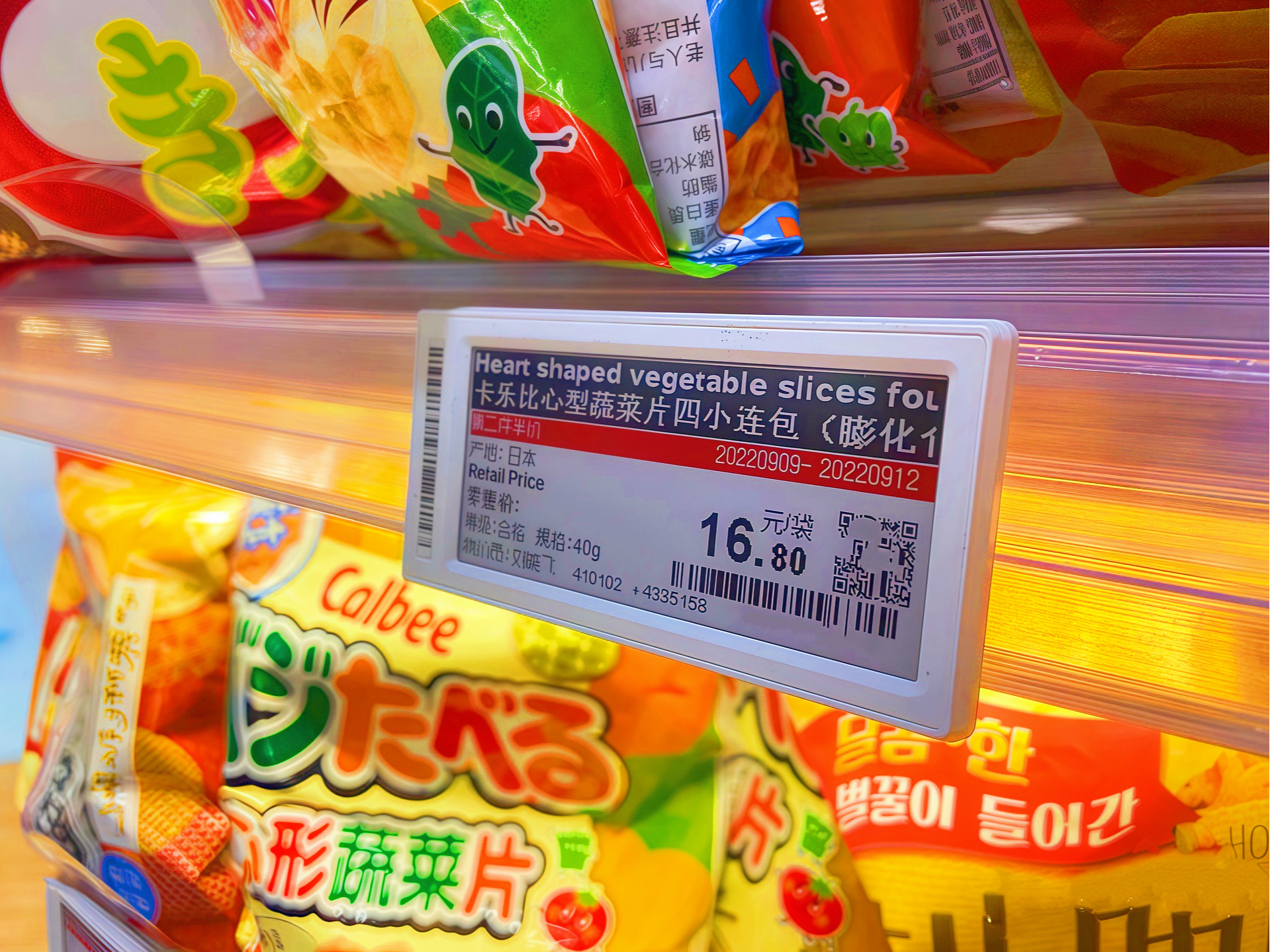electronic shelf label system
Electronic shelf label systems (ESL) represent a cutting-edge digital solution that revolutionizes retail price management and customer experience. These systems consist of small digital displays that replace traditional paper price tags, enabling real-time price updates across an entire store network. The core technology utilizes wireless communication protocols to transmit data from a centralized management system to individual electronic labels. Each label features an e-paper display technology, similar to e-readers, which provides excellent visibility and minimal power consumption, allowing batteries to last for several years. The system integrates seamlessly with existing inventory management and point-of-sale systems, enabling automatic price synchronization and reducing pricing errors. Beyond basic price display, modern ESL systems can show additional product information, stock levels, promotional offers, and QR codes for enhanced customer engagement. The technology supports various display sizes and formats, accommodating different retail environments from small convenience stores to large hypermarkets. Advanced features include NFC capabilities, LED indicators for order picking, and dynamic pricing capabilities that enable retailers to adjust prices based on factors such as time of day, stock levels, or competitor pricing.
